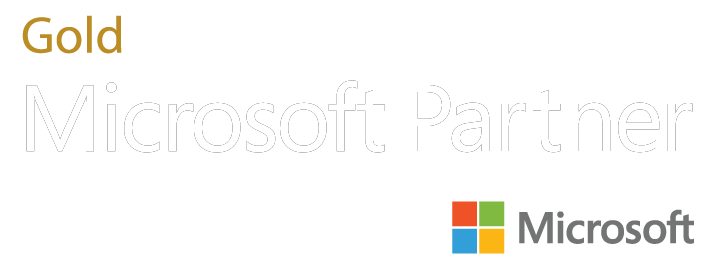6 Signs It’s Time to Streamline Your Direct Selling Tech Stack
Many direct selling executives share a common frustration: their salesforce spends more time navigating disconnected tools than actually selling. As companies expand, diversify selling models, and enter global markets, tech stacks often become bloated with generic, piecemeal solutions that weren’t built for the direct selling model.
The result? Integration headaches, delayed launches, frustrated sellers, and rising IT costs.
If your organization is facing these challenges, it may be time to rethink your technology ecosystem. Here are six tips to help simplify and strengthen your tech stack:
- Prioritize Seamless Integration Over Patchwork Solutions
Generic tools often require excessive customization. Instead, look for platforms purpose-built for direct selling, with open APIs, dynamic content management, and built-in localization to support international growth.

- Support the Hybrid Seller Experience
Your sellers operate both online and offline. Managing both environments from a unified system reduces friction, improves consistency, and makes it easier to support the entire field from a single hub.
- Empower Internal Teams with Configurable Tools
If every business rule change requires custom code or third-party integration, agility suffers. Look for highly configurable platforms that allow non-technical teams to adapt functionality as needs evolve.
- Create a Unified User Experience
When tools work together through a single interface, sellers experience less confusion, fewer errors, and a smoother onboarding process. A unified system also improves data quality and reporting.
- Reduce Vendor and Application Overload
Fewer vendors mean lower costs, easier updates, and less time spent managing integrations. Consolidation improves scalability and reduces ongoing maintenance burdens.

- Eliminate Technical Debt Before It Grows
Disparate systems often create long-term complexity that slows innovation. A streamlined platform reduces redundancy and frees your team to focus on strategy—not system workarounds.
The Takeaway:
Simplifying your tech stack isn’t just a cost-saving move—it’s a growth strategy. The right technology should accelerate your field, not overwhelm it. If your tools are creating more work than they solve, it may be time to unify and optimize.
This article was originally published in the DSA SupplierSource Summer 2025 edition: DSA SupplierSource Summer 2025.













